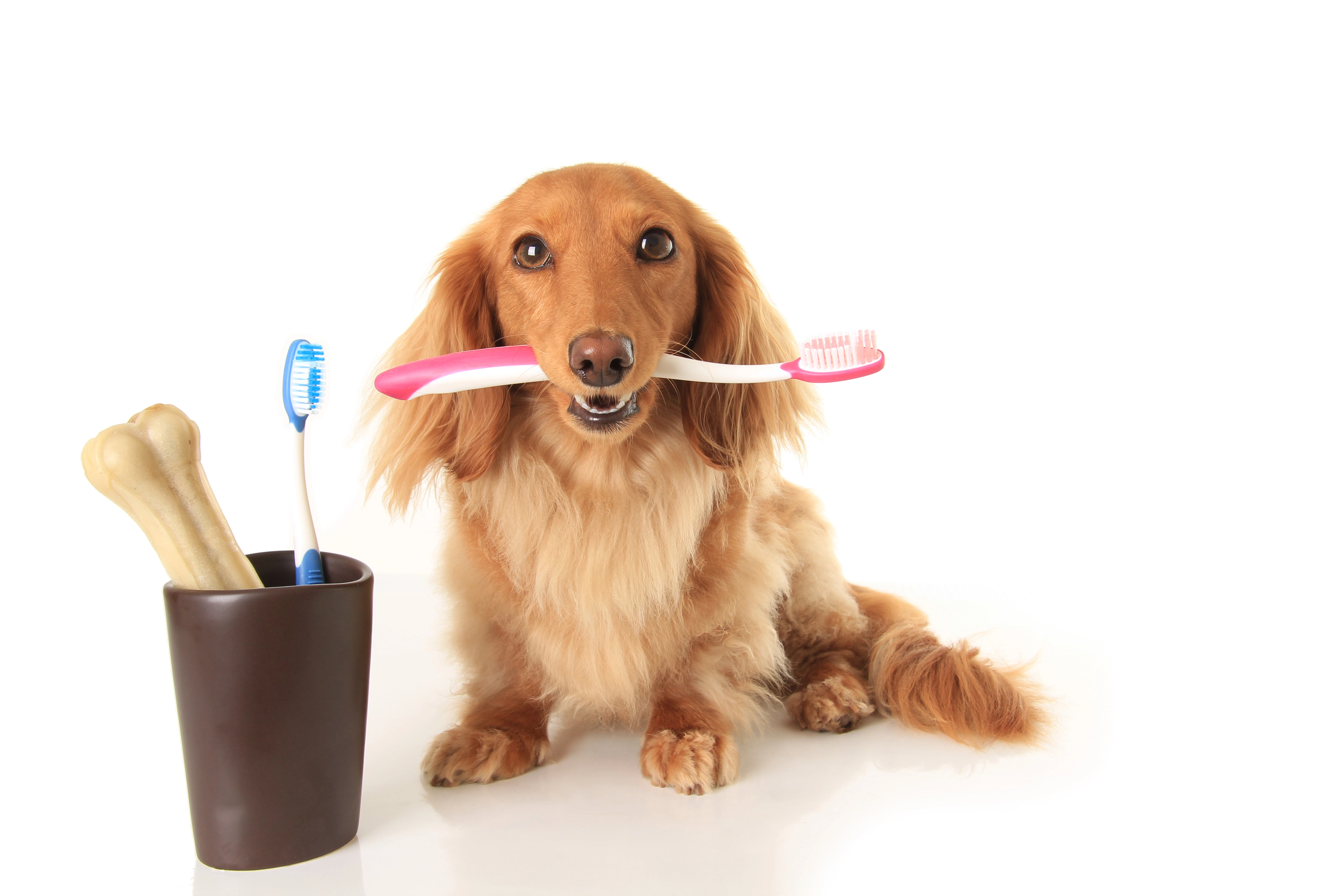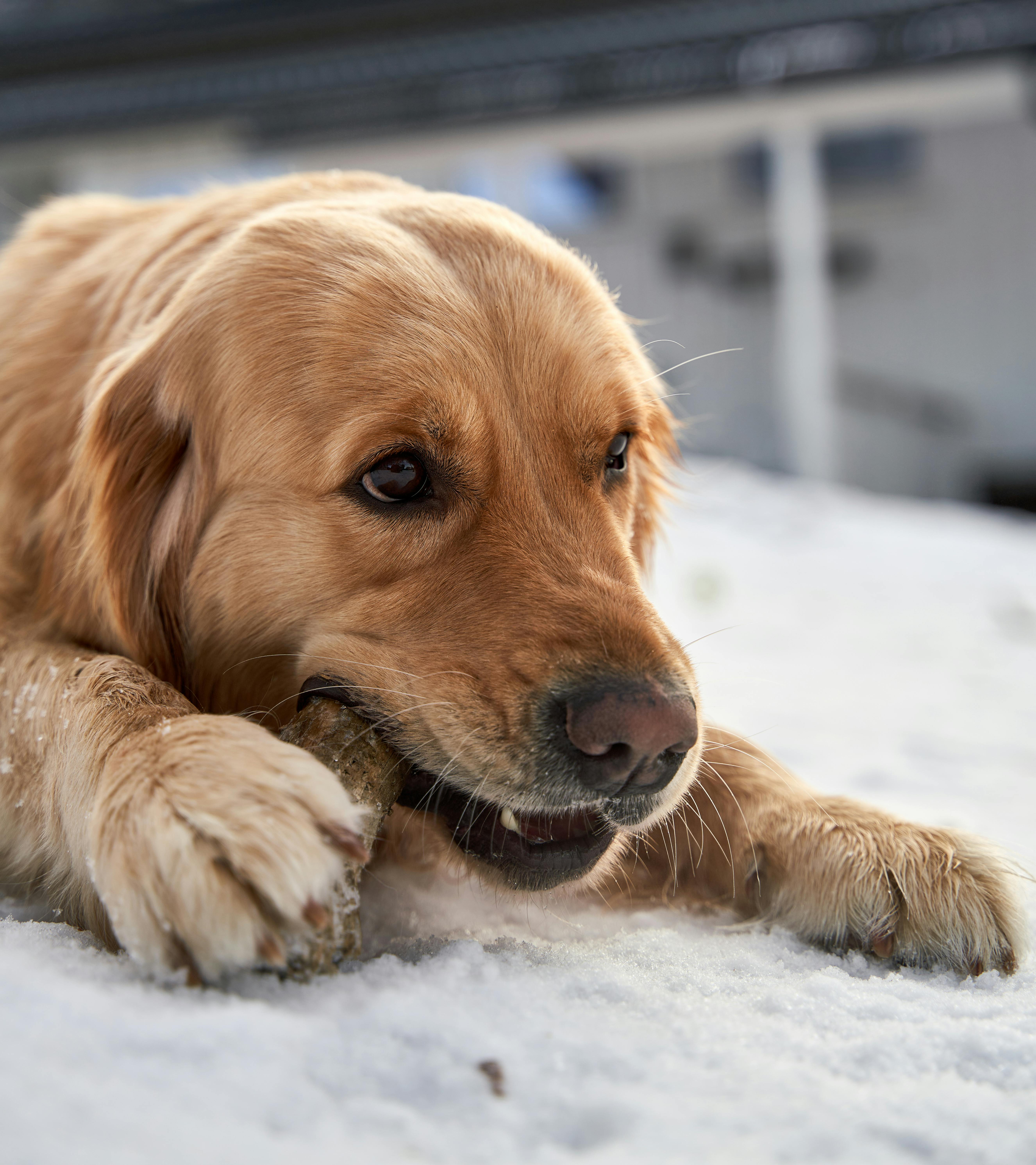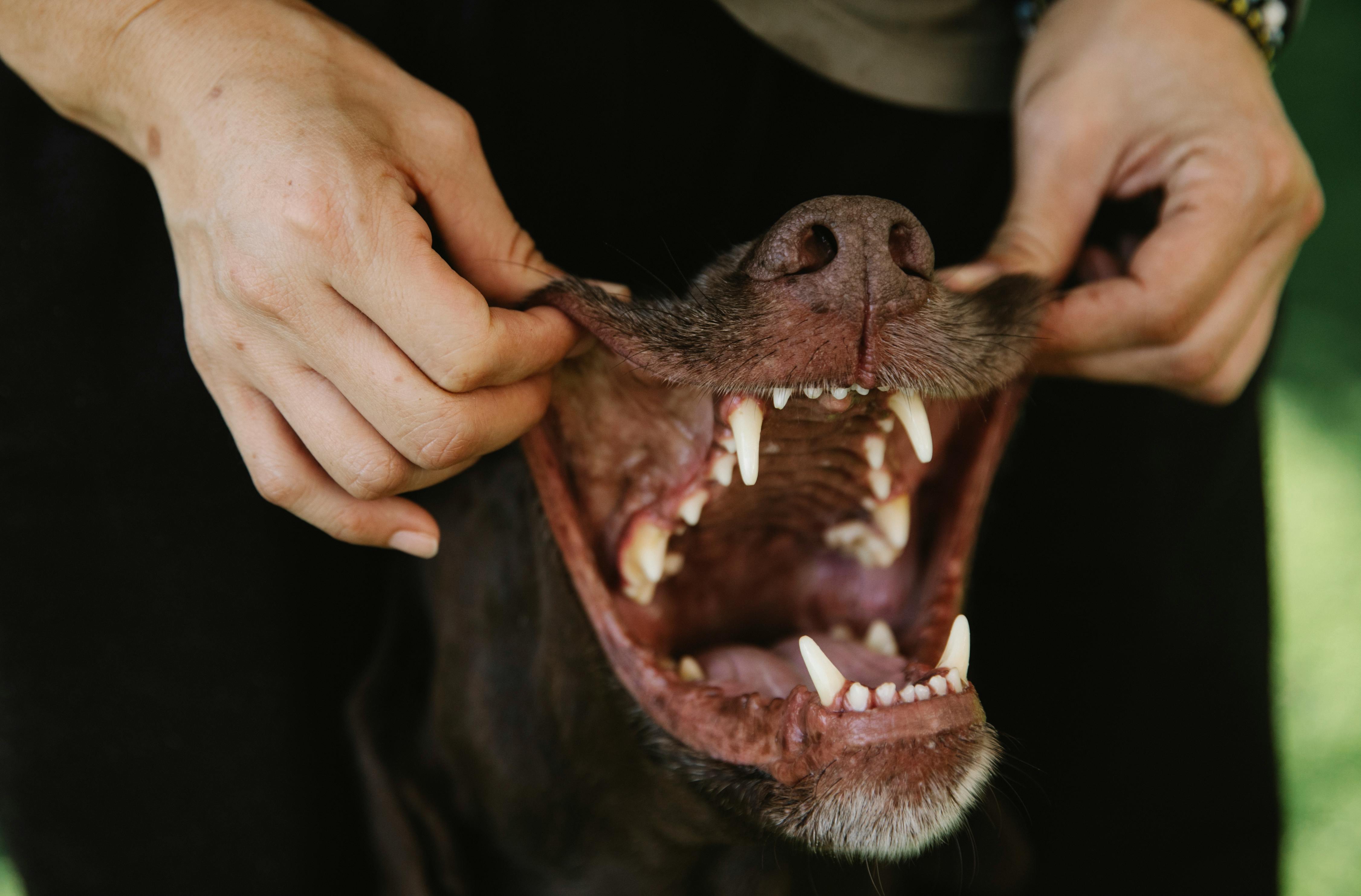The Top 5 Dental Issues Found in Dogs and Cats

The oral health of dogs and cats can be a significant source of health concerns. Shockingly, 80% of dogs and 70% of cats exhibit signs of oral and dental problems by the age of three. For cats, dental issues are among the top 10 reasons they visit veterinarians annually.
Pets must undergo annual dental check-ups to ensure their well-being and to prevent painful dental conditions.
Top 5 Most Common Dental Problems in Dogs
-
Periodontitis, Tooth Infections, Cavities, and Abscesses
-
Oral Trauma or Fractured Teeth
-
Benign Oral Tumors
-
Gingivitis
-
Deciduous Teeth and Associated Complications
Top 5 Most Common Dental Problems in Cats
-
Periodontitis, Tooth Infections, Cavities, or Abscesses
-
Gingivitis
-
Tooth Resorption
-
Oral Trauma or Fractured Teeth
-
Ulcerative Stomatitis
Periodontitis
Also known as gum disease, periodontitis is the primary oral issue affecting dogs and cats. It is the leading cause of tooth loss in pets.
Tooth Infection, Cavity, or Abscess
Tooth infections, cavities, and abscesses are excruciatingly painful for pets. Regular brushing and semi-annual check-ups can help prevent these issues.
Oral Trauma or Fractured Teeth
Pets frequently explore the world with their mouths, resulting in wear and tear and occasional accidents.
Benign Oral Tumors
Oral tumors may develop within your pet's mouth, causing discomfort and potential eating difficulties. The good news is that not all of these tumors are cancerous.
Malignant Oral Tumors
Oral melanoma is a highly aggressive oral cancer that often begins as a tumor growth inside your pet's mouth. This condition is sadly life-threatening and necessitates immediate treatment to extend your pet's life and halt the cancer's growth.
Tooth Resorption
Tooth resorption is a dental abnormality technically known as feline odontoclastic resorptive lesions (FORL). These lesions typically form at the base or neck of a tooth and resemble cavities. While occasionally seen in dogs, they are common in cats.
Ulcerative Stomatitis
Ulcerative stomatitis refers to the inflammation of the mucous lining within a pet's mouth. This condition is more severe than gingivitis, indicating a widespread infection in your pet's mouth that may extend to deeper tissues. It is exceedingly painful, often leading to changes in your pet's behavior, including difficulties with chewing and alterations in grooming and social interactions.
Get insurance plans with wide-ranging coverage options













